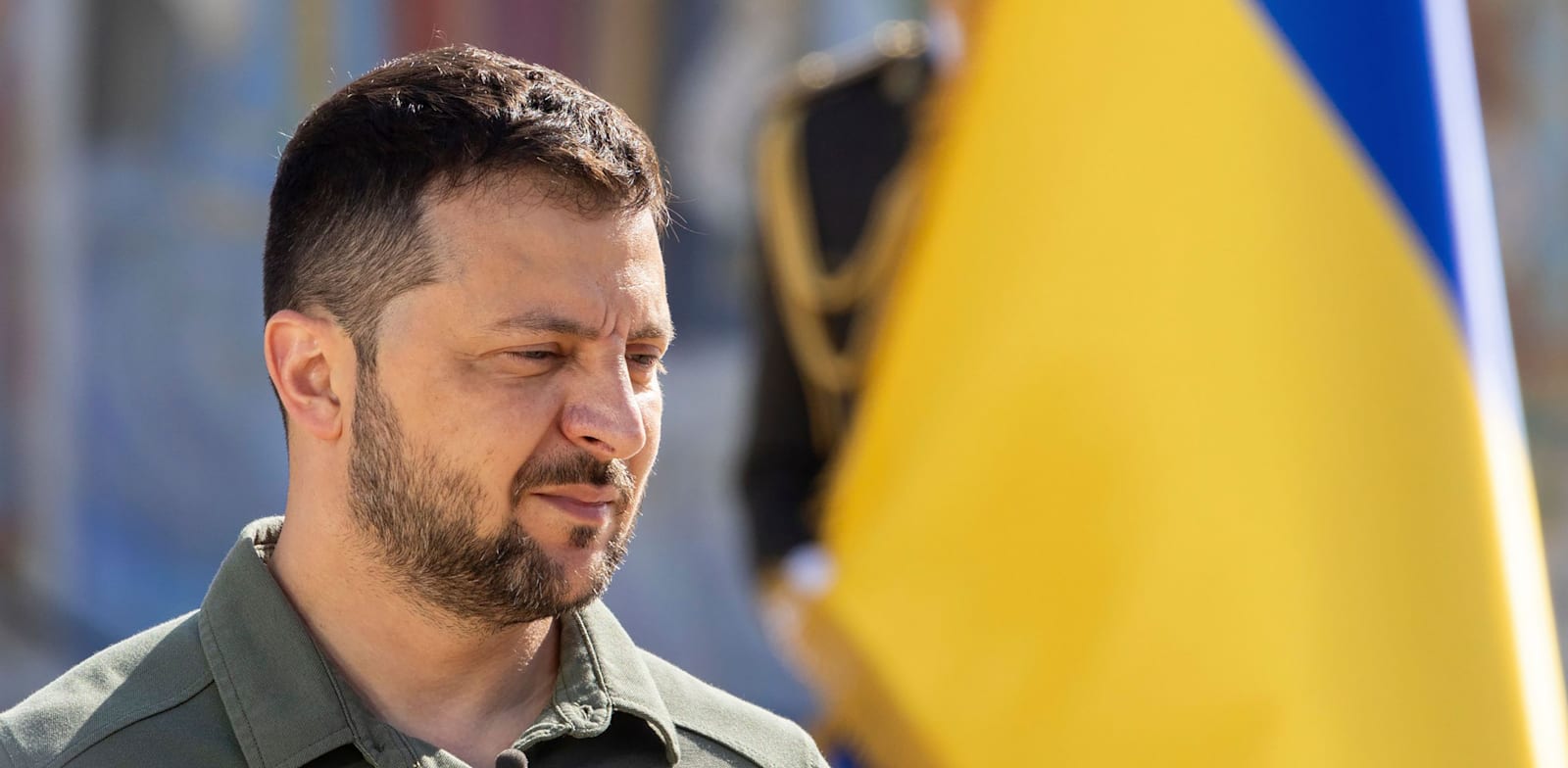Ukraine completed in the past day a very successful and unusual attack against the industryUAVs GodIranians BRussia: She attacked a production facility located in the city of Yelbuga in the Republic of Tatarstan, a distance of about 1,200 km, and she did it using a Cessna plane.
Cessna is a company known for producing two-seater planes and executive planes, and here what happened is that the Ukrainians converted a light plane into a roving weapon. As usually aircraft, such as the Iranian-made Shah-136, can carry explosives and hit the target – now they decided in Kiev to load a massive amount of explosives on a light plane. They placed it at a distance, and it finally crashed on the target.
Stray armaments, Ukrainian version: The Ukrainian Air Force attacked the Iranian Shah-136 production facility on Russian soil, in the city of Alboga in the Republic of Tatarstan, using a captured aircraft. This is the first attack of its kind just now#Ukraine #Russia #Iran pic.twitter.com/xXp9XJDxbb
– Dean Shmuel Elmas (@ElmasDean) April 2, 2024
From the Israeli point of view, this attack is interesting because it is a central production facility for Iranian Shahad-136 on Russian soil. This, in order to optimize Iranian supplies for the Russian war machine in Ukraine.
Over the years, Iran has used the Shahad 136 to harm global security in various places: in 2019, the drone was used in the attack on the Saudi oil facilities, and starting last year, Iran is transferring a large supply of it for its invasion of Ukraine. The drone was also used by the Houthis In the attack on the CMA CGM Symi container ship owned by Idan Ofer’s Eastern Pacific Shipping company, which took place on November 25.
The Iranians rely on “reverse engineering”, in which they obtain means or components from the enemy and copy them. Thus, they are very limited in their level of advancement and are always left behind compared to countries with advanced technologies like Israel. The Shahad 136, which is not remotely controlled, is capable of attacking stationary ground targets only – with predetermined waypoints. It is not impossible, because the Ukrainians also now used a landmark known in advance.
The Shahad 136’s maximum speed is 185 km/h and it is able to carry about 36-50 kg of explosives. For the sake of comparison, this is an explosive power greater than a 155 mm artillery shell. Due to its destructive power, it occupies a central place inRussia-Ukraine warwhich is most likely the military conflict with the most extensive use of drones ever.
The future with remotely controlled means
In general, military technology has been going for many years to remotely controlled means, whether it is aircraft, vessels, or ground vehicles. A few days ago, an unusual document from the Russia-Ukraine war was published that illustrates how much these measures have become an essential part of the war in the land army: in the Bahmet arena, the Russians for the first time sent an attack by remotely manned vehicles, carrying AGS-17 grenade launchers.
From the published documentation it is evident that the attack failed, thanks to Ukrainian unmanned aerial vehicles, but the very Russian experience testifies to how much the ground robotic tools are already part of the combat routine. Moreover, it seems that the Russians are trying to use them to stop the “war of trenches” created in Ukraine. One where any progress is negligible, even if it involves taking over a small town – is seen as a great achievement.
It was reported in the Forbes agency that researchers from the American RAND Institute examined the power limitations of remotely directed terrestrial means in 2020, and found that they lead to two challenges: terrain and communication. These may limit these means to activation while making eye contact.
According to reports, one of the Ukrainian advantages in the war against Russia is not only the diversification of the capabilities of remotely manned aircraft, but also the disruptions. Forbes points out that the extent of Ukrainian use of electronic warfare leads to severe Russian limitations in the use of measures.
For your attention: The Globes system strives for a diverse, relevant and respectful discourse in accordance with the code of ethics that appears in the trust report according to which we operate. Expressions of violence, racism, incitement or any other inappropriate discourse are filtered out automatically and will not be published on the site.
